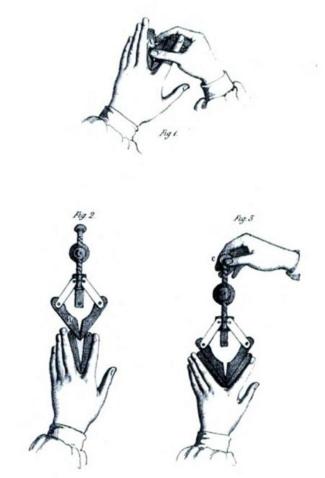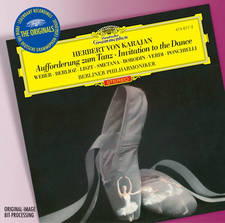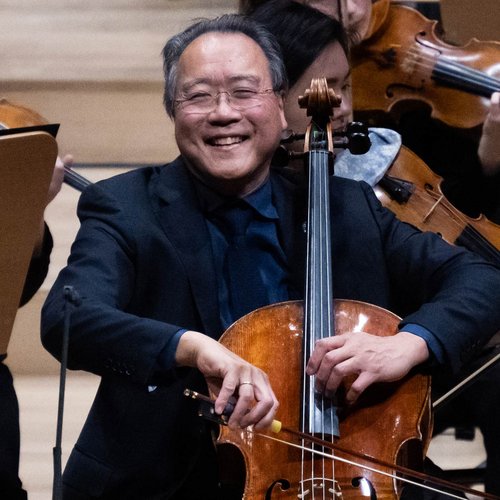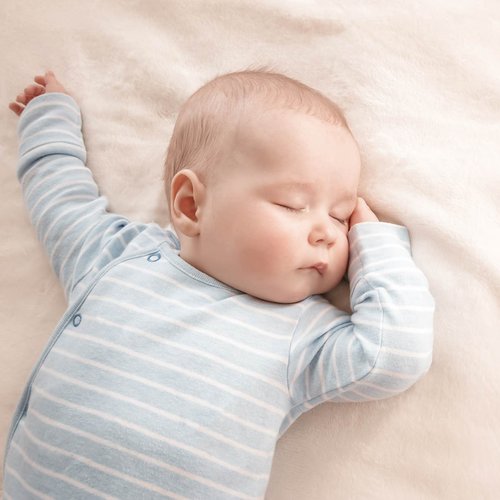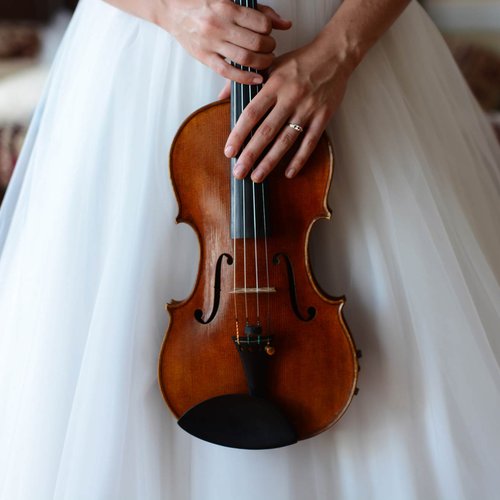3 utterly terrifying vintage finger-stretching devices
12 April 2016, 16:08 | Updated: 6 January 2017, 14:45
Three terrifying ways for a musician to strengthen and their fingers in olden times. Pianists and string players: if you value your digits look away now...
The Ochydactyl - 1922
This brutal-looking finger exerciser was dreamt up by Frenchman Georges Rétif in the 1920s. It hit the shelves shortly afterwards and claimed that improve the agility, flexibility, strength and independence of the fingers of pianists, violinists and cellists, with seven minutes of use equating over an hour of traditional digital exercise.
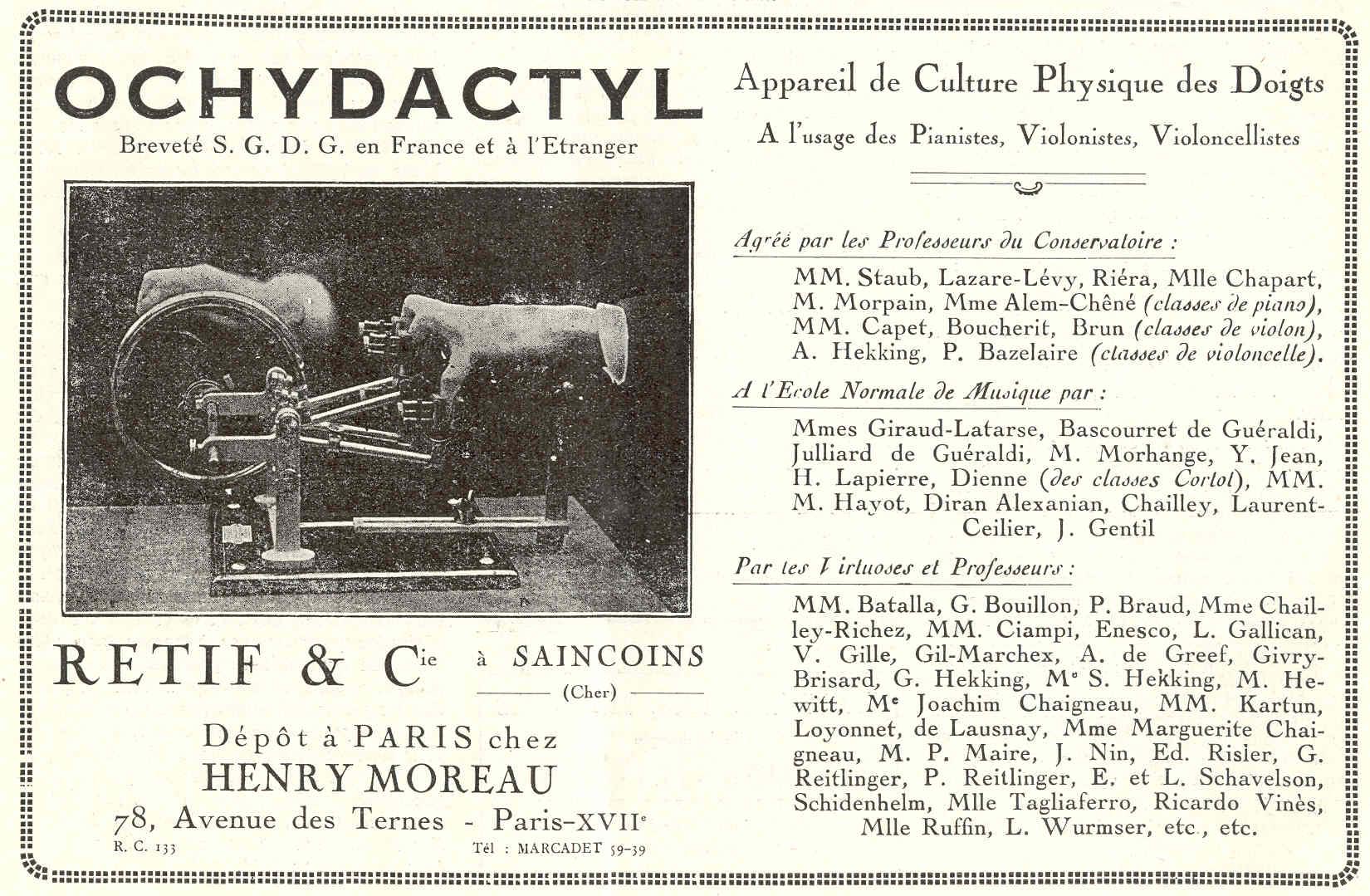
The user would insert four fingers into the adjustable, rubber-padded clamps, wrist resting on the seat. With the other hand, the muso would crank gears in either direction, drawing the fingers up or down. (Thankfully) it was not a massive commercial success with production of the device mercifully brief.
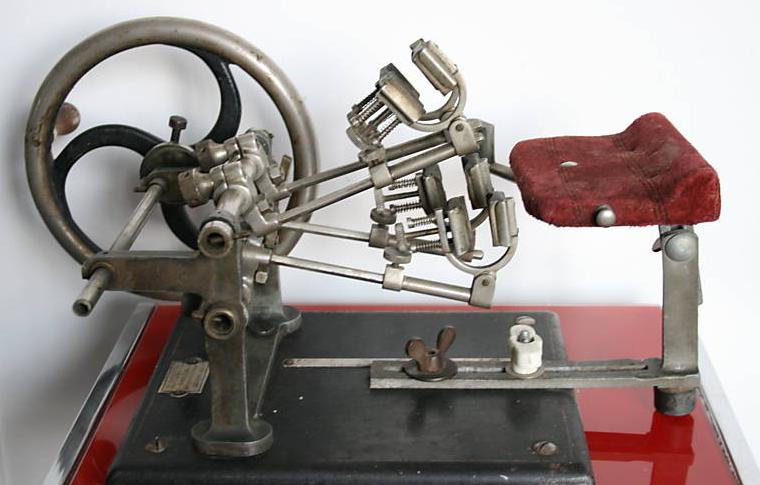
(source)
The Dactylion - 1836
Austrian pianist and pedagogue Henri Herz is the one responsible for this torture device/teaching aid. It was designed to fit over the keyboard, with springs enabling the user to increase or decrease the resistance.
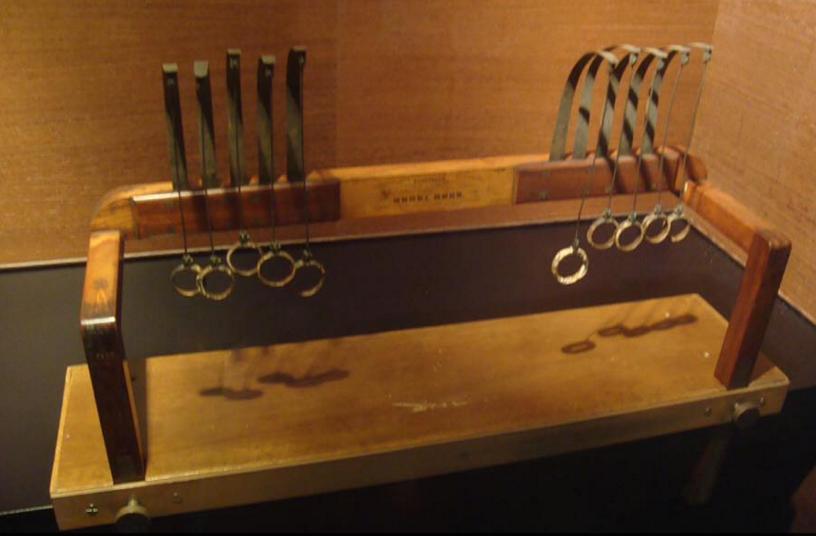
Chirogymnast - 1840
The device of choice for musicians who like to slowly maim themselves on the go. French piano-maker Casimir Martin also gifted this terrifying, pocket-sized device to the world, designed to increase the compass of the hand. We'll let the diagrams do the talking...
